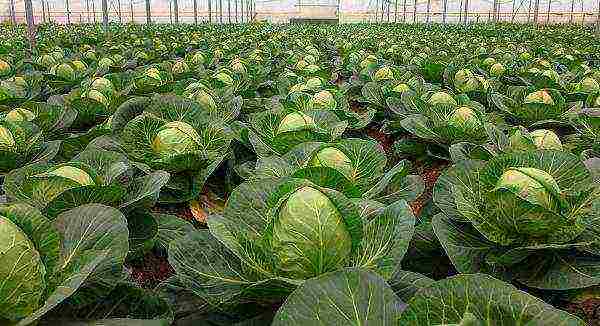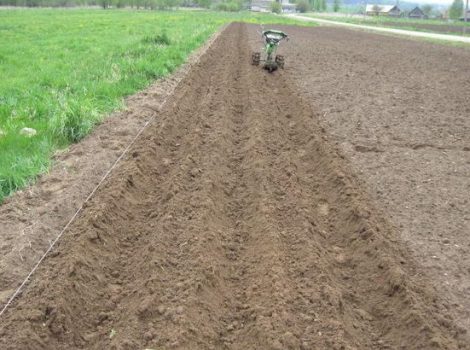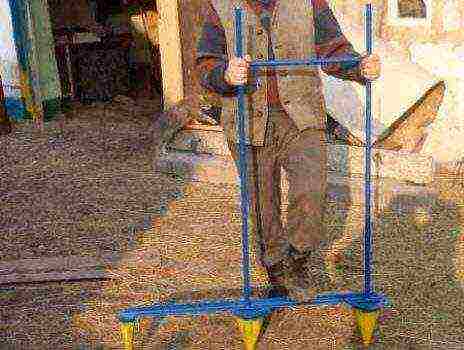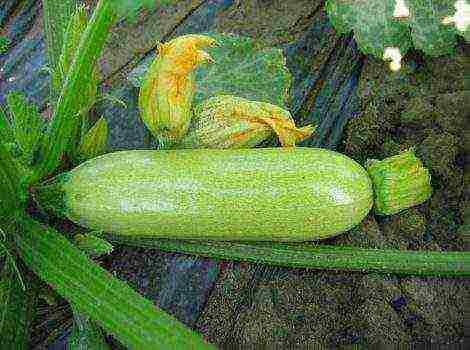Detailed description of cabbage variety Parel f1
This hybrid variety of white cabbage was bred in Holland and registered in the state register in the nineties. The culture is popular, suitable not only for cultivation in a summer cottage, but also brings good benefits in large-scale production, giving excellent yields even in thickened plantations. A complete description of the features of the Parel cabbage variety will help you to harvest a large harvest.
Description and characteristics of the Parel cabbage variety
From the day of planting in the beds until the moment of full ripeness, it takes about two months. The rosette of leaves is compact, horizontal, slightly raised. The leaves are small or medium in size, the shade is light green, the edges are even.
The internal structure of the heads of cabbage is dense, slightly rounded in shape, their weight ranges from eight hundred grams to one and a half kilograms. There are specimens reaching two kilos. The stump is short or medium. Juicy tender cabbage is great for salads and even pickling.
Advantages and disadvantages
Parel is resistant to head cracking and flowering. It is ideal as early varieties, as it is not afraid of cold weather.
The hybrid is known for its transportability and keeping quality, excellent taste. It contains a lot of vitamin C and dry components, which allows it to be used in the preparation of food for children and dieters.

Timing for planting seedlings
It doesn't take a lot of effort to grow Parel. However, there are certain rules that must be followed without fail. Cabbage is planted in two ways - seedling or non-seedling. To grow high-quality vegetables, it is necessary to organize proper care of the crop, to control the growth process. The beds are prepared in advance, they are dug up in the fall, before the cold has come yet.
Sowing cabbage is carried out in mid-March, no later. The seeds are pre-germinated. To do this, they are wrapped in a wet cloth and left warm for several days.
In order for a culture to grow well, certain conditions must be provided:
- adequate lighting;
- temperature regime, which is twenty - twenty-two degrees. At night, it is allowed to be reduced by exactly half;
- airing the room should be done regularly, but the air in it should not be too cold;
- once a week, the plants are spilled with a manganese solution.
Two weeks after the emergence of sprouts, the seedlings are allowed to be transplanted into separate containers. Here you need to pay attention to the appearance of the plants in order to understand which fertilizers should be applied. With pale green foliage, nitrogen-containing compounds must be added.
When the seedling period comes to an end, potash-phosphorus compositions are added. Without fail, two weeks before transplanting to the beds, the seedlings must be hardened.
Seedlings that are one and a half to two months old are suitable for planting. When transplanting, weakened shoots must be removed immediately. Strong and healthy plants that have managed to form at least five leaves are suitable for planting. If the root system is too long, it can be shortened slightly.In this case, the sprout will take root better, it will not lose moisture.

Soil requirements for good growth
It is best to spill the finished substrate with a manganese solution. Grooves for planting are arranged on the beds, their depth is one centimeter, the interval between is up to three. Planting material is placed here, sprinkled with earth, watered.
It is believed that any soil filled with sufficient humus is suitable for cabbage.
Sowing rules
It is allowed to transplant Parela into the ground in mid-April - early May. It is best to do this in the morning or on a cloudy day. The sprout is buried in the soil up to the third leaf, the earth is carefully compacted so that there are no voids near the roots. The planting must be watered and covered with dry soil. The aisles are necessarily loosened up.
Variety care after planting
A vegetable needs irrigation, loosening of the soil, the introduction of fertilizing compositions, protection from diseases and harmful parasites. If we consider everything in a complex, then the leaving process can be divided into certain stages:
- the formation of the first leaves. The period is special. If necessary, replant is performed. Irrigation is performed every ten days, after which the soil is necessarily loosened. Ammonium nitrate is used as a feeding composition;
- a second period begins, lasting until the formation of heads. The same preparations are used as feeding, they regularly water the crop, and loosen the soil in the beds. When heads of cabbage appear, the culture should be fertilized with potassium nitrate;
- thickening by foliage. We continue to water and loosen, no more feeding.

Diseases and their prevention
The hybrid is distinguished by good resistance to diseases and pests, but it will still not be superfluous to track its condition. At the first stage of growth, cabbage is threatened by leaf beetles, cruciferous flea, moth and cabbage fly. In the fight against them, tobacco dust and wood ash effectively help. In subsequent growth phases, the crop must be protected from cabbage whites and aphids.
From insects, infusions of tomato tops, wormwood, garlic and dandelion will perfectly help. With a clear threat, systemic insecticides can be used, but in this case, harvesting should not start earlier than after a couple of weeks.
Harvesting and storage rules
Harvesting is carried out as the crop matures. The harvesting period begins in mid-June, lasts until autumn - it all depends on the time of planting. It is necessary to ensure that the vegetable does not stand on the root and does not crack. The readiness for harvesting is determined by the dense consistency of the head of cabbage, the characteristic shine of the foliage. Harvested selectively or one-time, pruning the heads of cabbage at the very surface of the soil.

Growing Parel does not create difficulties if everything is done in a timely manner and carefully monitor the development of seedlings. The culture does not need special care, it rarely gets sick, and is not very often attacked by pests.


